Cases
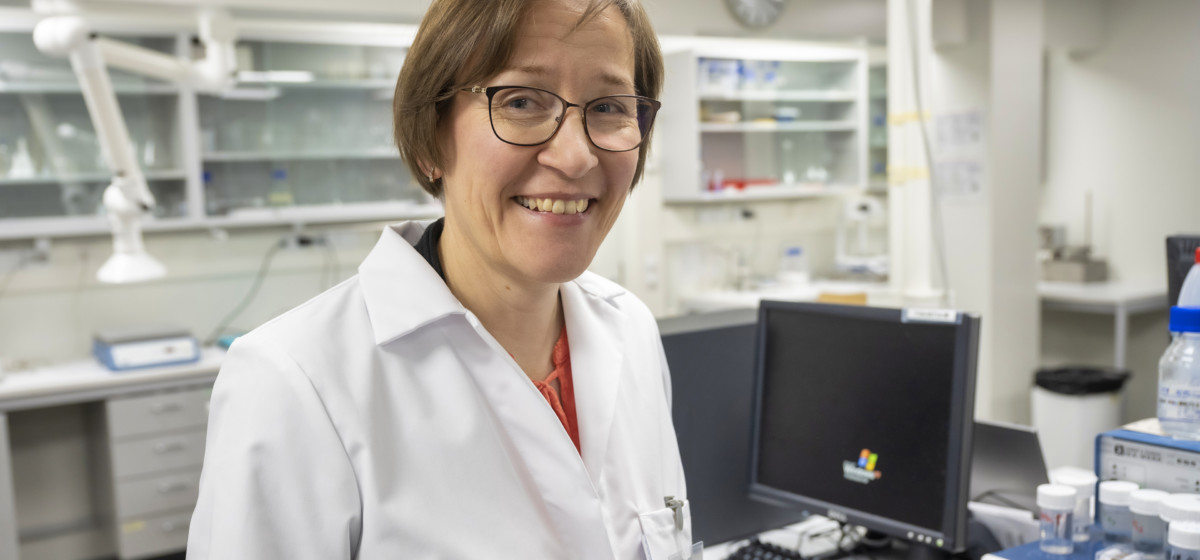
Climate neutrality
From new innovations to functional plastic substitutes
Published:
– We have a great opportunity to create products of high added value while building a new export industry, Professor Monika Österberg from Aalto University comments on the replacement of plastics with wood-based materials.
Professor Österberg’s views have a lot of support at Aalto University, as the scientific foundation for these views was laid there. Fifteen years ago, the researchers at the university started to delve into the field of nanocellulose research.
In the fall, the researchers were able to present their latest invention: a strong and flexible cellulosic film that keeps its structural integrity, even when wet!
Until now, for example, plastic compounds have been used to strengthen milk and juice cartons.
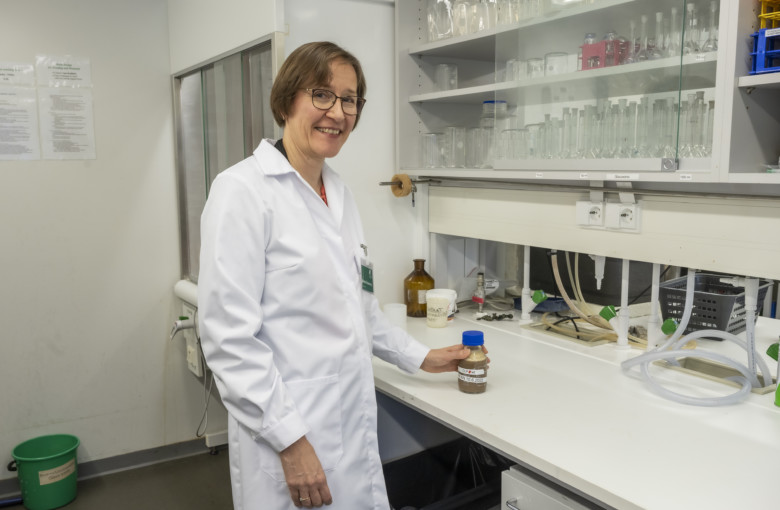
Aalto University’s cellulose film has already been called the miracle film, and for a good reason. Nanoscale cellulose fibres, called nanofibrils, use lignin nanoparticles to attach to hydrophobic polymers, giving the film its structural integrity.
The method does not require any chemical modification of the cellulose, rather the innovation produced a flexible film that does not absorb water.
Thanks to its lignin particles, the film also protects against the sun’s UV radiation and oxidation, rendering it a suitable packaging material for many products.
Eliminating plastic waste
Alternatives to plastic packaging have been sought for a long time, says Prof. Österberg. The reason behind this is the desire to get rid of fossil crude oil, which is needed in the production of plastic.
– Another important reason is to reduce plastic waste and microplastics in nature and the seas.
The use of plastics is also being limited through policies and regulations, like the European Union’s decision to ban plastic straws and forks.
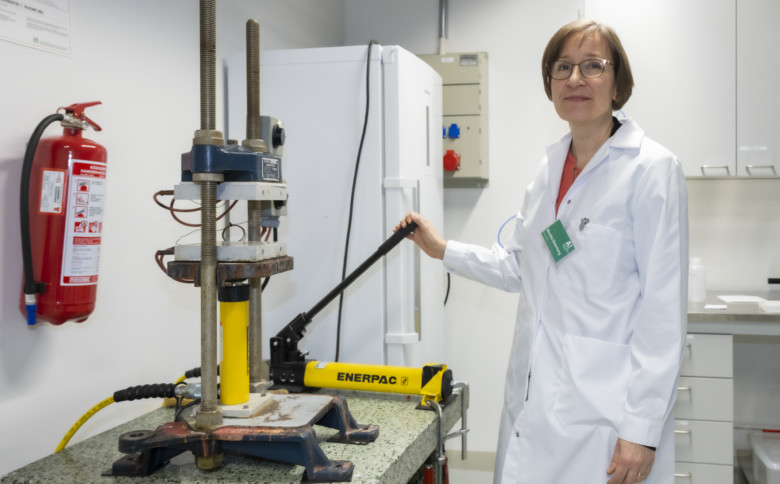
The plastics industry itself has joined the revolution and it actively advocates for plastic recycling.
New life for industrial byproducts
For a long time, the use of lignin in the mass production of packaging materials for liquids was considered very difficult.
Lignin is a binding agent that gives wood and other plants their strength and viscosity.
In the paper industry, wood-derived cellulose has been utilised while lignin has been burned for energy after the pulping process.
According to Österberg, the wood processing industry was initially sceptical about the utilisation of their by-products but has since had a change of heart.
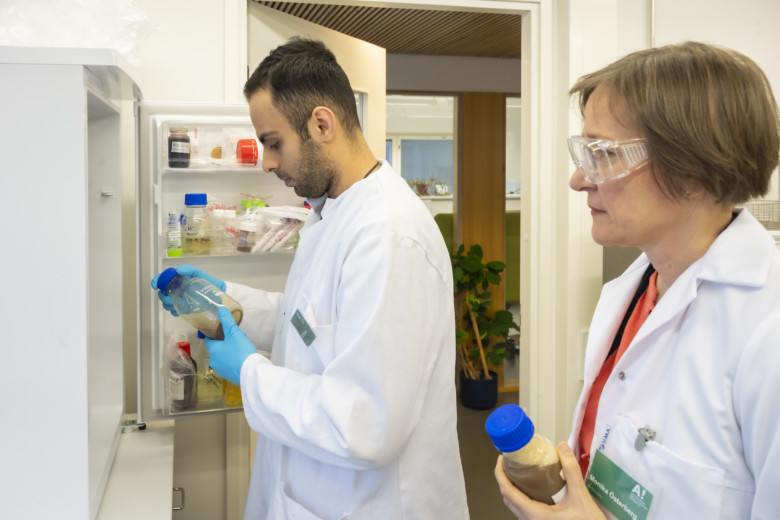
Stora Enso, for example, has noticed how lignin can be used to replace fossil compounds in many products ranging from plywood to insulation materials, and that it can even be used as raw material for batteries.
Another great example is nanocellulose, which is, as its name suggests, finely ground cellulose. UPM is investigating, among other things, its potential medical applications.
As the demand for paper is rapidly shrinking around the globe, the paper industry faces the need to reinvent itself. Although carton is still needed, new inventions provide the industry with opportunities to expand into completely new territories.
The ability to resist water is crucial
Aalto University has only just begun exploring the possibility of the miracle film’s wider industrial use.
– I believe there are a lot of possibilities for the film, especially due to its water-resistance properties, Prof. Österberg says.
Water resistance is especially important in food and cosmetics packaging.

So, the research continues. The better the chemistry of these wood components is understood, the better they can be utilised when developing new responsible products.
– We are currently researching the film’s biodegradability and making life cycle assessments. We are also investigating the financial viability of products using the film, Prof. Österberg says.
Thus far the research on the film has been funded by the Finnish Natural Resource Research Foundation. The hope for the future is, that the industry would also join the funding.
Many interesting cellulose inventions
Aalto University is by no means alone in its search for plastic substitutes. Plant-based alternatives to plastic and metal in cartons and cellulose-based packaging are also being developed elsewhere.
Biodegradable plastic bags have for example been made from starch.
The Finnish startup Sulapac has developed a biodegradable straw in collaboration with the forest industry giant Stora Enso. Espoo-based Woodly, on the other hand, has used cellulose-based materials in creating a transparent film.
Read more: Woodly accelerates sustainable change with climate neutral plastic from wood cellulose
VTT Technical Research Centre of Finland’s spin-off company Paptic manufactures its own equivalent for plastic, paper, and textile from renewable raw materials.
– The interest in finding functional substitutes for commercially used packaging plastics is so great within Finland, that the country could well be a pioneer in the field, according to Prof. Österberg.
Featured image: Ilkka Ranta-aho
Aalto University is a diverse and innovative academic community that combines imagination, theory, and practicality to solve the world’s biggest challenges through fundamental research and an entrepreneurial mindset.
Aalto University is a diverse and innovative academic community that combines imagination, theory, and practicality to solve the world’s biggest challenges through fundamental research and an entrepreneurial mindset.







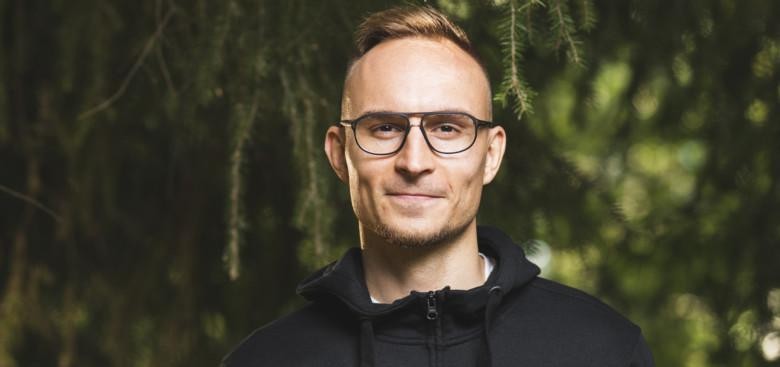
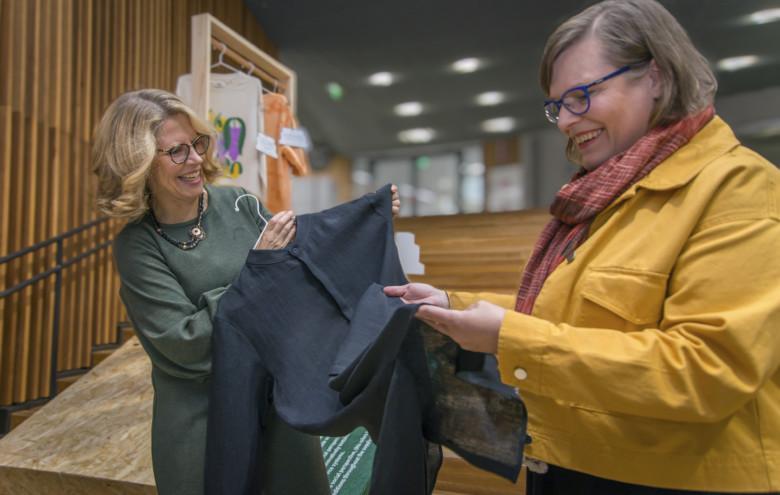

 Return to listing
Return to listing